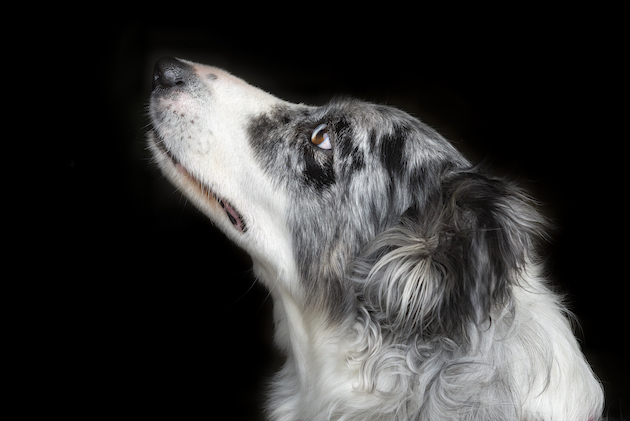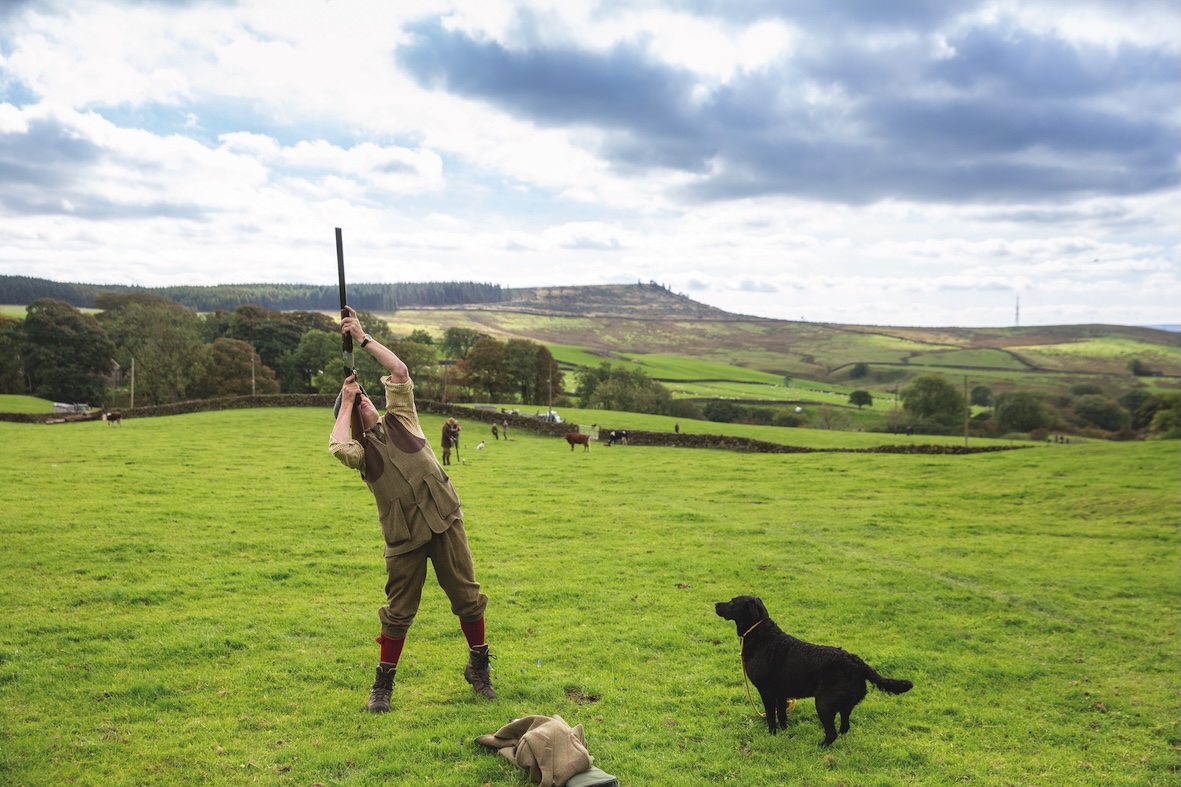Win CENS ProFlex DX5 earplugs worth £1,149 – enter here
Are blue merle dogs prone to health problems?
 Collie dog looking up against a dark background
Collie dog looking up against a dark background
Q: Is it true that blue merle dogs have health problems? I was told this after acquiring a blue merle collie from a dog rescue centre but as far as I can tell, so far, he seems to be perfectly sound and healthy.
A: A blue merle is a black dog whose colouring has been genetically diluted. The gene that causes the merle coat creates patches of mottled colour in a coat that is otherwise solid-coloured or piebald, so parts of the black coat remain intact, while other parts are lightened to a bluish-grey colour. Merle patterning can be found in coats of all colours and appears in shades of either blue, brown or black. The merle gene suppresses pigment cells and modifies the colour and pattern of the dog’s coat, as well as the skin, particularly of the nose and the pads.
It also modifies the colour of the eyes, particularly darker eye colours, which can lead to one or both eyes being blue. The suppression of pigment cells in the cochlear, part of the inner ear, leads to deafness. The presence of the merle gene can be identified by DNA testing. Dogs that inherit only one copy of the gene will have a merle coat, while dogs that inherit two copies will be ‘double-merle’. Double-merle dogs carry a much higher risk of inheriting health problems, especially various eye problems and congenital deafness. Single-merle dogs are less likely to be affected by such problems and can remain perfectly healthy. Indeed, merle is a recognised and much sought after colour in some breeds, including the Australian shepherd, the Shetland sheepdog, various collie breeds and the Welsh (Cardigan) corgi.
The Kennel Club stopped registering puppies produced from merle-to-merle matings in 2013 because of the health risks.
More about dogs with merle coats
- Merle is the name given to a certain specific dog coat pattern that can be found in dogs
- Most people think of merle as being blue, but this pattern can be found on reddish and chocolate coloured coats too.
Related Articles
Get the latest news delivered direct to your door
Subscribe to Shooting Times & Country
Discover the ultimate companion for field sports enthusiasts with Shooting Times & Country Magazine, the UK’s leading weekly publication that has been at the forefront of shooting culture since 1882. Subscribers gain access to expert tips, comprehensive gear reviews, seasonal advice and a vibrant community of like-minded shooters.
Save on shop price when you subscribe with weekly issues featuring in-depth articles on gundog training, exclusive member offers and access to the digital back issue library. A Shooting Times & Country subscription is more than a magazine, don’t just read about the countryside; immerse yourself in its most authoritative and engaging publication.







